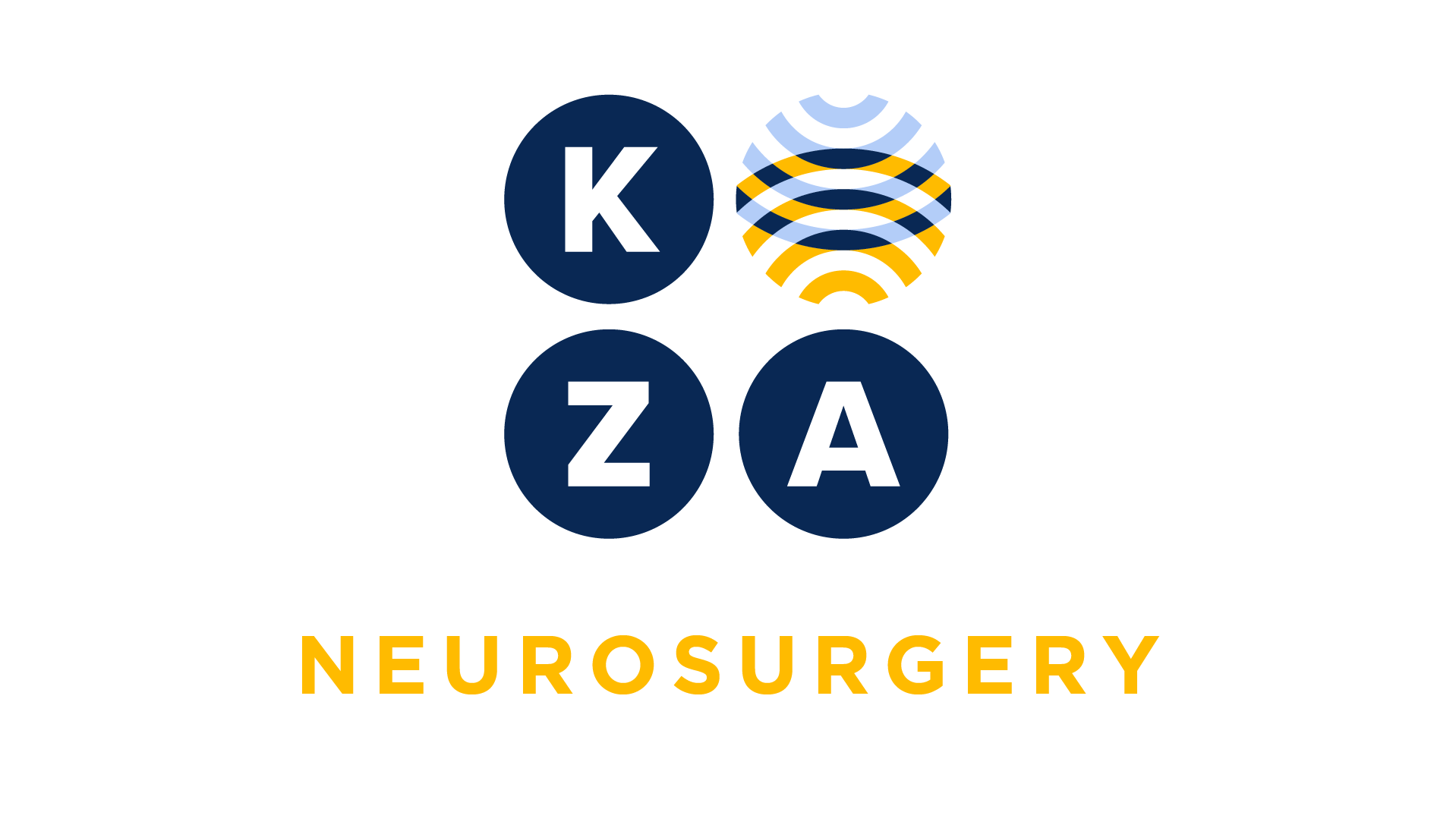
Choose your specialty from the list below to see how our experts have tackled a wide range of client questions.
Looking for something specific? Utilize our search feature by typing in a key word!
Coding Twist Drill Ventriculostomy with Craniotomy/Craniectomy
When is it ok to unbundle 61107 from the craniotomy/craniectomy code?
Question:
When is it ok to unbundle 61107 from the craniotomy/craniectomy code?
Answer:
It is acceptable to report both codes when the ventriculostomy placed via twist drill hole is performed through a completely separate approach/access point from the craniotomy/craniectomy. For example, you’ve performed a right suboccipital craniectomy and place a left frontal twist drill hole for placement of a ventricular catheter.
*This response is based on the best information available as of 08/23/18.
When is it OK to “Unbundle” 22845 from 22853?
When is it acceptable to use modifier 59 on 22845 to unbundle it from 22853?
Question:
When is it acceptable to use modifier 59 on 22845 to unbundle it from 22853?
Answer:
To “unbundle” +22845 from +22853 and have it separately paid, you will report +22845 with modifier 59. This is appropriate if you use a completely separate plate that spans the interspace, it can provide independent stabilization, and is not considered integral to the intervertebral device (+22853).
*This response is based on the best information available as of 07/26/18.
Bundling of +22845 with +22853
How do we avoid non-payment for 22845 with 22853?
Question:
How do we avoid non-payment for 22845 with 22853?
Answer:
Good Question:! Medicare instituted a National Correct Coding Initiative (NCCI) edit between these two codes in April 2017. This edit was established to make you really think and be sure about reporting both codes. If indeed you are meeting the requirements of +22845 (completely separate plate that spans an interspace, plate is not integral to +22853), then you can report both codes. You’ll need to append modifier 59 (distinct separate procedure) to +22845 to show the plate is completely separate from the intervertebral device (+22853).
*This response is based on the best information available as of 07/12/18.
Microscope with 63030 Issues
Why do some insurance companies pay for the microscope (+69990) when we bill it for a lumbar discectomy (63030) and some don’t? I don’t get it. What recourse do we have if it isn’t paid?
Question:
Why do some insurance companies pay for the microscope (+69990) when we bill it for a lumbar discectomy (63030) and some don’t? I don’t get it. What recourse do we have if it isn’t paid?
Answer:
First, CPT guidelines do not list 63030 as inclusive of the microscope so reporting 63030 and +69990 together is accurate per the AMA’s CPTcodingrules. That said, Medicare has a National Correct Coding Initiative (NCCI) edit preventing payment for +69990 when billed with 63030 (and many other laminectomy codes). This is Medicare’spaymentrule. Some non-Medicare payors follow this NCCI bundling edit and also will not pay. On the other hand, some non-Medicare payors don’t follow this edit and do reimburse +69990 when reported with 63030. If you are contracted with the payor who does not reimburse +69990, with 63030, then you likely don’t have much recourse because you are contractually obligated to follow their payment rules.
*This response is based on the best information available as of 06/28/18.
ICD-10-CM Code for DBS Battery/Generator Replacement
We are using the diagnosis code of T85.190 (Other mechanical complication of implanted electronic neurostimulator of brain electrode (lead), initial encounter) for the replacement of…
Question:
We are using the diagnosis code of T85.190 (Other mechanical complication of implanted electronic neurostimulator of brain electrode (lead), initial encounter) for the replacement of a deep brain stimulator generator (2 leads, 61886) because the battery died. This code requires a 7th digit and we are struggling with the difference between initial encounter (A) and subsequent encounter (D) for this case. It’s not an injury or fracture which makes it more difficult to decide. Can I get your expertise?
Answer:
A couple of Question:s/ comments about this:
- Why are the leads being replaced? Are they dislodged or out of place? If so, then a T code is appropriate.
- For routine battery replacements because the battery has reach its end of life (a normal occurrence – not a complication), we’d use the condition code such as Parkinson’s disease (G20) and not a T code.
If you’re using a T code then you have 3 choices for the 7th character: A for initial encounter, D for subsequent encounter, and S for sequela. The service is not being performed for a sequela so you can eliminate the 7th character of S. So now you’re between A and D. Since the patient is receiving active treatment for the “other mechanical complication”, you’ll use the 7th character of A (T85.190A).
*This response is based on the best information available as of 05/31/18.
ICD-10-CM Code for Spinal Stenosis
Should the code set M48.0- be used for both central canal stenosis and foraminal stenosis?
Question:
Should the code set M48.0- be used for both central canal stenosis and foraminal stenosis?
Answer:
There is no distinction made in ICD-10-CM for central canal stenosis vs foraminal stenosis. Therefore, the M48.0- code covers both/all types of spinal stenosis.
*This response is based on the best information available as of 05/03/18.

